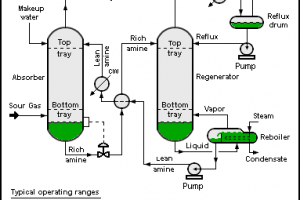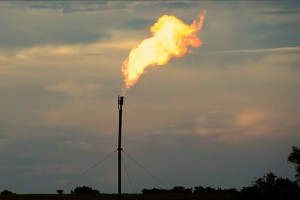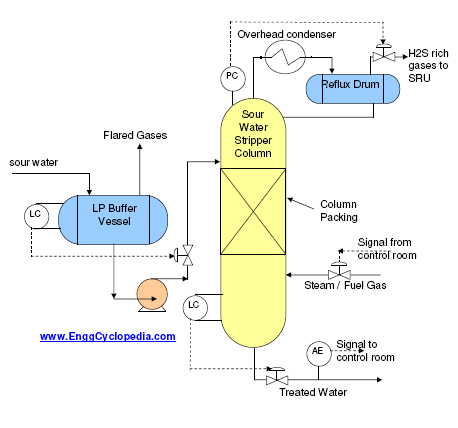Distillation range for a mixture of close boiling liquids (which have their individual boiling points at a given pressure close to each other) can be defined as the temperature range over which this mixture exists in vapor liquid equilibrium (observed as boiling), at atmospheric pressure.
Pure liquids have a single boiling point at a given pressure. But for a multicomponent liquid mixture, there is no single boiling point to vaporize the complete mixture. The boiling for such mixtures occurs over a range of temperature which depends on the components involved, pressure of the system and also the affinity they have for each other. For such mixtures, the initial boiling point at a given pressure is defined as the temperature value when the first bubble of vapor is formed from the liquid mixture. This initial boiling point for a given system is a function of pressure and composition of the mixture. Initial dew point for such systems is defined as the temperature when first liquid drops appear in a vaporized mixture.
Distillation range falls between the initial boiling point and initial dew point for a mixture of liquids at atmospheric pressure. The component liquids involved, their affinity for each other, their individual boiling points and the mixture composition are the determining factors for distillation range. Distillation range is considered as important characteristic for crude oil and its components.
Distillation ranges for major petroleum fractions are given in the following table,
| LPG (Liquefied Petroleum Gas) | -490F to 340F |
| Aviation Gasoline | 900F to 3000F |
| Gasoline | 900F to 4100F |
| Jet Propulsion Fuel | 1000F to 5500F |
| Naphtha | 3000F to 4000F |
| Kerosene | 3500F to 5500F |
| Distillate fuel oil | 4000F to 7000F |
| Refinery gas oil | 4000F to 750+0F |




